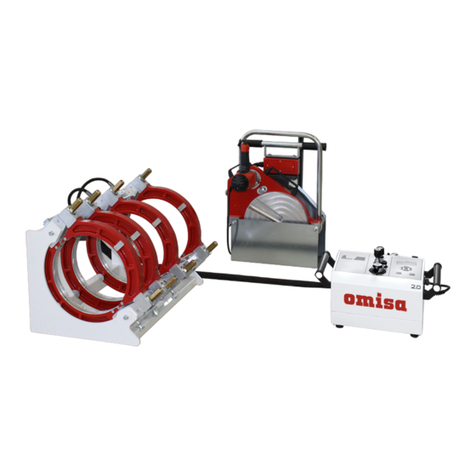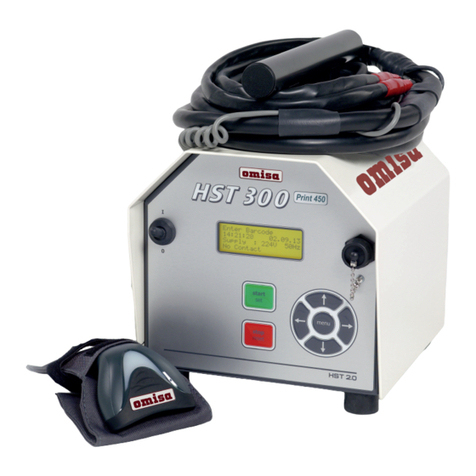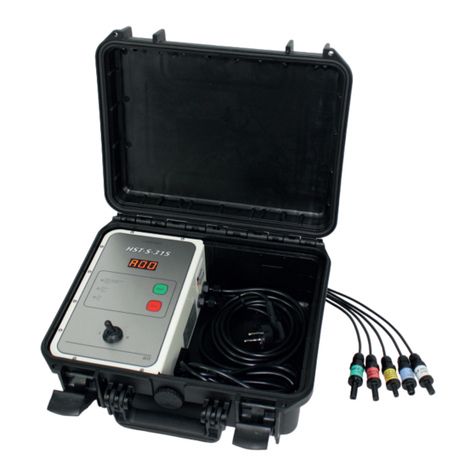Version 1/2013
5
LIMITED WARRANTY
The manufacturer warrants all its manufactured, sold and repaired products to
be free from defects in materials and workmanship.
The manufacturer obligation under this warranty is limited to free reparation or
free replacement at its factory, within 2 years after shipment, except for
purchased items by third parties (e.g. electronic devices, pumps, switches, etc.),
in which case manufacturer’s warrantyis applied.
Warranty applies when returned freight is prepaid and when it can be proved,
upon examination, that the item is defective.
This warranty does not cover damages to products or components repaired or
altered by anyone other than the manufacturer,damaged due to misuse,
negligence or causality, or not operated or maintained according to the
manufacturer printed instructions and warnings.
This warranty is expressly in lieu of all other expressed or implied warranties.
RETURNS OF GOODS
Buyer agrees not to return goods for any reason, except upon the written
consent of the manufacturer., obtained in advance.
The consent, if given, shall specify the terms and conditions and charges upon
which any such return may be made.
For assistance, all inquiries shall be directed tothe manufacturer.
DISCLAIMER OF LIABILITY
The manufacturer accepts no liability for fusion joints.
We recommend to follow qualified welding procedures using the fusion
equipment.
The manufacturer makes no other warranty of any kind, whatever expressed or
implied. All implied warranties of merchantability and fitness for a particular
purpose, which exceed the foreseen obligation, are hereby disclaimed by The
manufacturer.
PRODUCT IMPROVEMENT
The manufacturer reserves the right to make any changes in or improvements
on its products without incurring any liability or obligation to update or change
previously sold machines and/or accessories thereto.

































